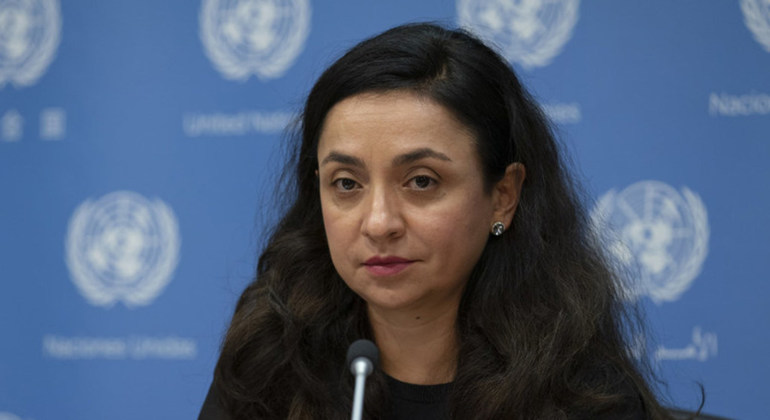According to a new report by the World Health Organization (WHO), data collated from over 200 countries has shown significant reductions in TB case notifications, with 25-30% drop reported in 3 high burden countries such as India, Indonesia, and the Philippines between January and June 2020 compared to the same 6-month period in 2019.
These reductions in case notifications, the WHO believes, could lead to a dramatic increase in additional TB deaths.
“Equitable access to quality and timely diagnosis, prevention, treatment and care remains a challenge. Accelerated action is urgently needed worldwide if we are to meet our targets by 2022”, said Dr Tedros Adhanom Ghebreyesus, Director-General of WHO.
According to the WHO, disruptions in services caused by the COVID-19 pandemic have led to further setbacks. Data collection and reporting systems have also been negatively impacted, and in many countries, human, financial and other resources have been reallocated from TB to the COVID-19 response.
However, the WHO stated that in line with WHO guidance, countries have taken measures to mitigate the impact of COVID-19 on essential TB services, including by strengthening infection control.
The WHO stated that countries are now devising new ways of dealing with TB by applying modern technology as well as adhering to COVID-19 protocols.
“A total of 108 countries – including 21 countries with a high TB burden – have expanded the use of digital technologies to provide remote advice and support.
“To reduce the need for visits to health facilities, many countries are encouraging home-based treatment, all-oral treatments for people with drug-resistant TB, provision of TB preventive treatment, and ensuring people with TB maintain an adequate supply of drugs”.
Dr Tereza Kaseva, Director of WHO’s Global TB Programme said, “in the face of the pandemic, countries, civil society and other partners have joined forces to ensure that essential services for both TB and COVID-19 are maintained for those in need. These efforts are vital to strengthen health systems, ensure health for all, and save lives.”

The WHO pointed out that, “prior to the COVID-19 pandemic, many countries were making steady progress in tackling tuberculosis (TB), with a 9% reduction in incidence seen between 2015 and 2019 and a 14% drop in deaths in the same period. High-level political commitments at global and national levels were delivering results”.
However, a new report from WHO shows that access to TB services remains a challenge, and that global targets for prevention and treatment will likely be missed without urgent action and investments.
The WHO stated that, approximately 1.4 million people died from TB-related illnesses in 2019. Of the estimated 10 million people who developed TB that year, some 3 million were not diagnosed with the disease, or were not officially reported to national authorities.
“The situation is even more acute for people with drug-resistant TB. About 465 000 people were newly diagnosed with drug-resistant TB in 2019 and, of these, less than 40% were able to access treatment. There has also been limited progress in scaling up access to treatment to prevent TB”.
Global Targets
In 2014 and 2015, all Member States of WHO and the UN adopted the UN Sustainable Development Goals (SDGs) and WHO’s ‘End TB Strategy’. The SDGs and End TB Strategy both include targets and milestones for large reductions in TB incidence, TB deaths and costs faced by TB patients and their households.
TB is included under Goal 3 Target 3.3 of the SDGs which aims to “end the epidemics of AIDS, tuberculosis, malaria and neglected tropical diseases” by the year 2030.
The WHO ‘End TB Strategy’ aims for a 90 per cent reduction in TB deaths and an 80 per cent reduction in the TB incidence rate by 2030, compared to the 2015 baseline. Milestones for 2020 include a 20% reduction in the TB incidence rate and a 35% reduction in TB deaths.




















